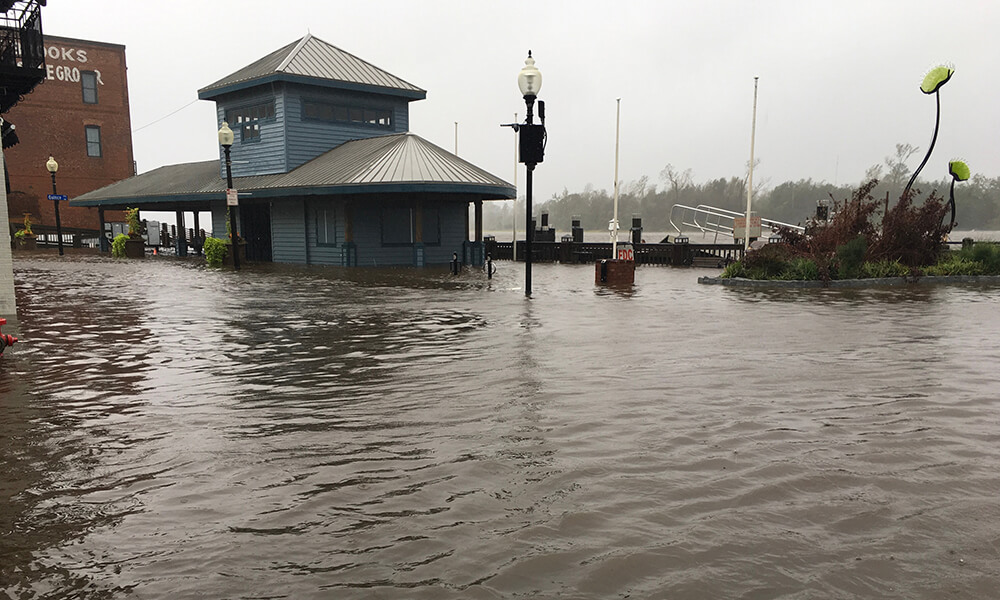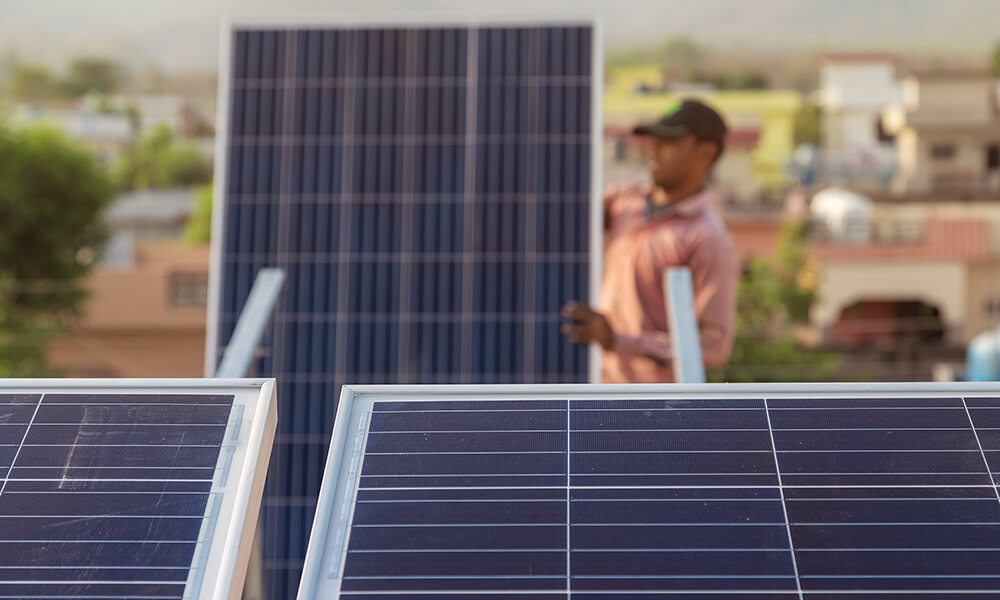Hurricane Florence decimated the Carolinas earlier this month. The category 4 storm tore apart homes, flooded streets, and cut power to thousands of homes. However, the states have seen hope in their solar power infrastructure. Even amid the extreme destruction, solar power shines through as a source of hope and reliable energy for rebuilding the coast. North Carolina specifically, second only to California in solar power production, has been aided significantly over the past few weeks by the solar panel infrastructure in which they had invested. This week, we’re taking a look at the measures solar experts took to prevent damage before the storm, how much of the grid was knocked out by Florence, and how the coast is planning to rebuild in the storm’s aftermath.

What measures were taken to prevent damage to solar power?
Before Hurricane Florence hit the coast on September 14th, towns along the coast were already losing power. To prevent extensive damage, a large portion of the solar farms in North Carolina were de-energized. Duke Energy, for example, reportedly shut down 40 sites and rearranged panels to sustain as little damage as possible. Other energy plants, including one nuclear power plant which is still inaccessible, also temporarily closed their doors to prepare for the force of the incoming storm.
How extensive was the damage?
Many initial reports of the storm’s damage seemed alarming. However, these numbers were simply reports of how many solar panels were off. They did not take into account that many were purposefully de-energized to prevent damage prior to Florence. In reality, most of the solar grid in North Carolina was up and running within a week following the storm. Some reports even stated that panels were running the day after Florence hit. Those few panels that were still non-operational had either sustained damage or, more likely, were located in an area which was still flooded.
As far as residential solar panels were concerned, few areas were affected harshly and minimal damage was sustained. Because solar panel installation experts in the area account for the possibility of flooding when deciding on a system’s placement, most were attached on rooftops or racks constructed to keep them above flood levels. Some places, however, could face more damning problems. Cape Fear, for example, underwent serious flooding and damaging winds up to 140 mph, so experts postulate that damage there may be more severe.

What will the future of solar power in the Carolinas look like?
Because North Carolina had invested so much in solar infrastructure before Hurricane Florence, it’s unlikely the state will halt progress now. In fact, experts are noting that in light of disasters like Hurricane Florence and last year’s Hurricane Maria, the impact of which resulted in over 3,000 deaths in Puerto Rico alone due to lack of power and other life-saving resources, the United States should be investing even more in solar power. Its reliability during the aftermath of a disaster has proven again and again to be a crucial part of rebuilding communities.
For more information on how you can start using safe, reliable solar power in your own home or business, call J-Tech Solar, your Midwest solar experts, today!





